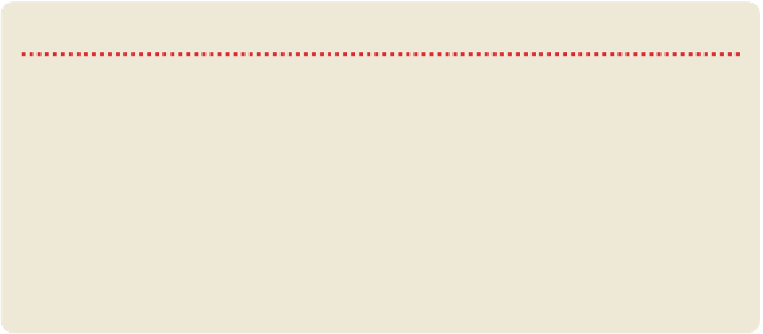Travel Reference
In-Depth Information
the German surrender of Norway, Quisling was executed by firing squad and other collab-
orators were sent off to prison.
HEADING INTO EXILE
When German forces invaded Norway in April 1940, King Haakon and the Norwegian gov-
ernment fled northwards from Oslo. They halted in Elverum and on 9 April the parliament
met at the folk high school and issued the Elverum Mandate, giving the exiled govern-
ment the authority to protect Norway's interests until the parliament could reconvene.
When a German messenger arrived to impose the Nazis' version of 'protection' in the
form of a new puppet government in Oslo, the king rejected the 'offer' before heading into
exile. Two days later, Elverum became the first Norwegian town to suffer massive bomb-
ing by the Nazis and most of the town's old wooden buildings were levelled. By then the
king had fled to Nybergsund (close to Trysil), which was also bombed, but he escaped in-
to exile.
The Oil Years
Although there were initial fears in the postwar years that Norway would join the Eastern
Bloc of Communist countries under the Soviet orbit - the Communist party made strong
gains in postwar elections and even took part in coalition governments - the Iron Curtain
remained firmly in place at the Russian border. More than that, Norway made a clear state-
ment of intent in 1945 when it became a founding member of the UN. Ever conscious of
its proximity to Russia, the country also abandoned its neutrality by joining NATO in
1949. Letting bygones be bygones, Norway joined with other Scandinavian countries to
form the Nordic Council in 1952.
There was just one problem: Norway was broke and in desperate need of money for re-
construction, particularly in the Arctic North. At first, it appeared that the increasingly
prosperous merchant navy and whaling fleet would provide a partial solution, but in truth
Norway struggled through (postwar rationing continued until 1952) as best it could.
That would soon change in the most dramatic way possible. It was the discovery of the
Ekofisk oilfield on Norway's Continental shelf, in the North Sea southwest of Stavanger in
1969, that turned Norway into a major oil-producing nation (the world's 14th-largest in
2013, with 2.79% of world reserves). The economy boomed, transforming Norway from
one of Europe's poorest countries to one of its richest.

